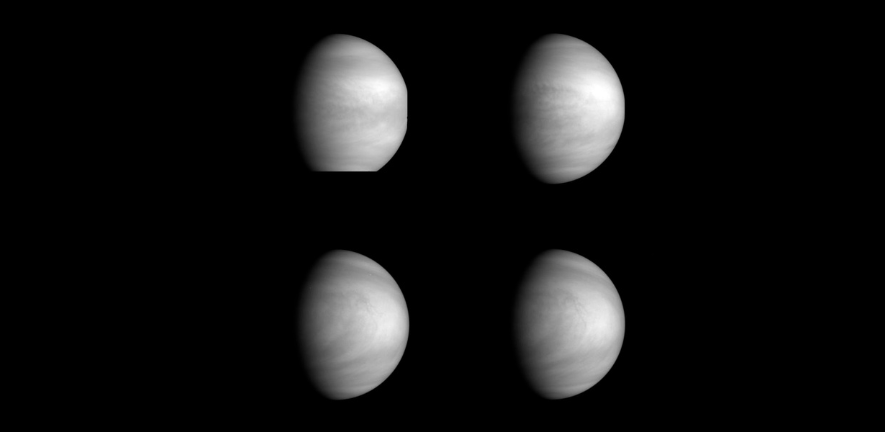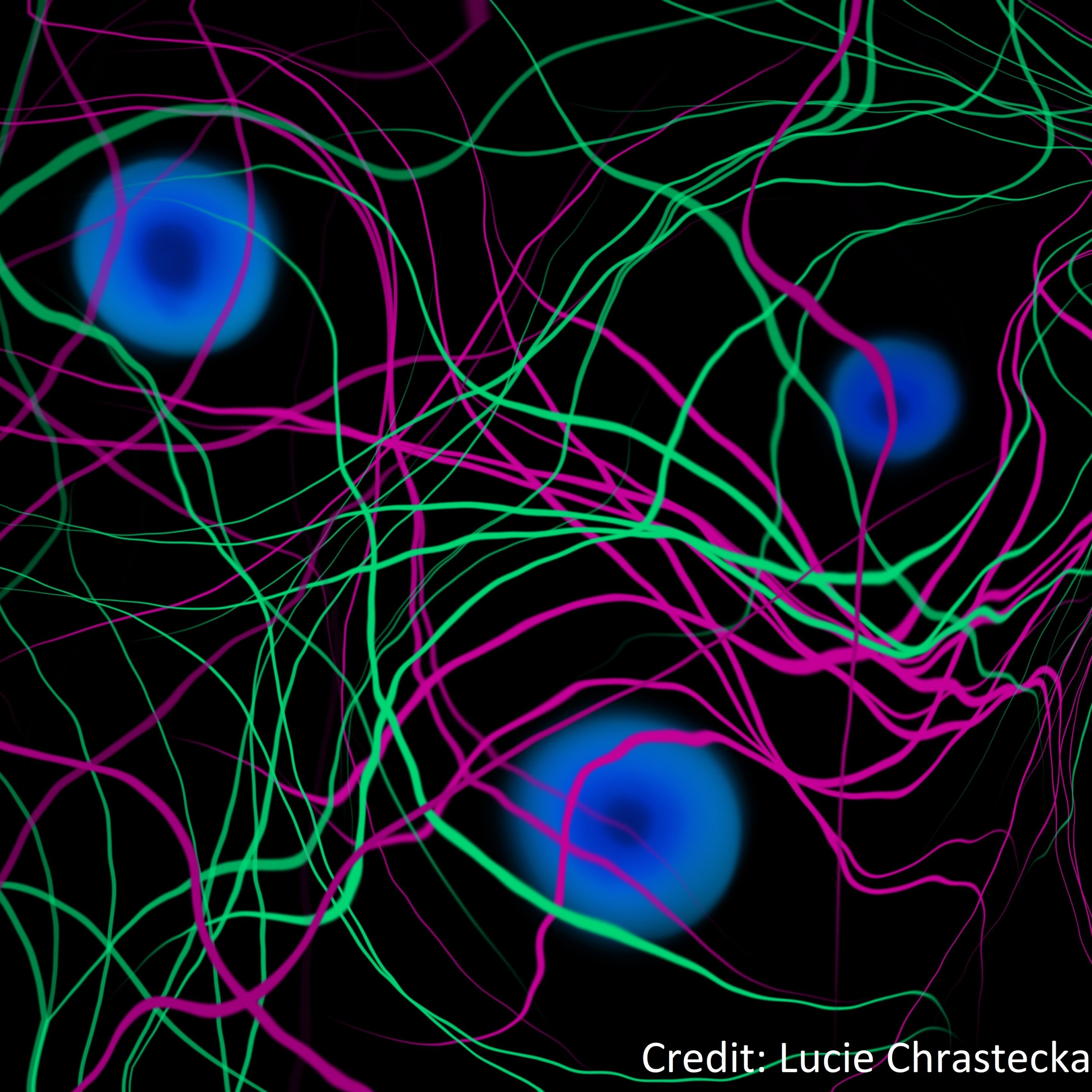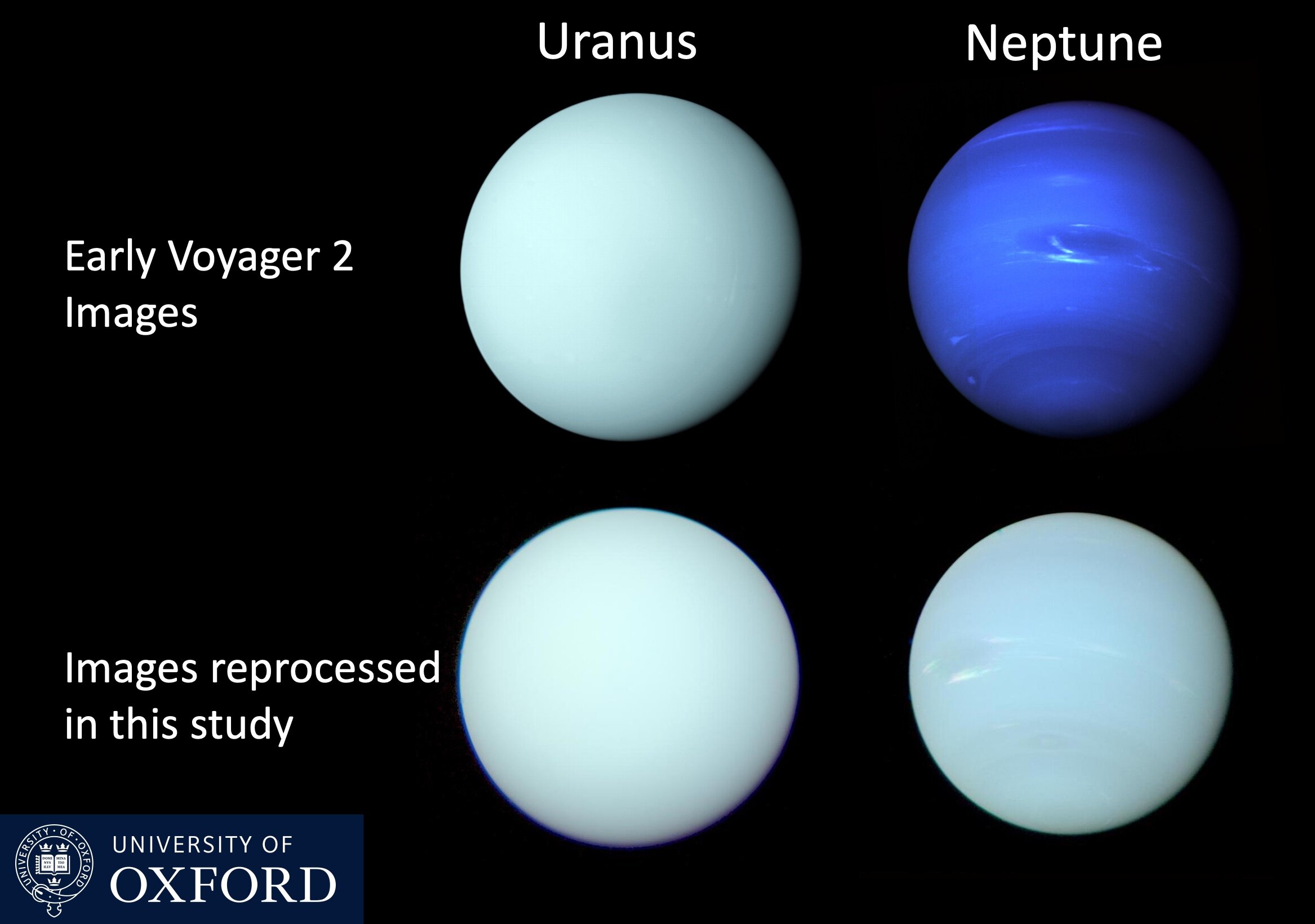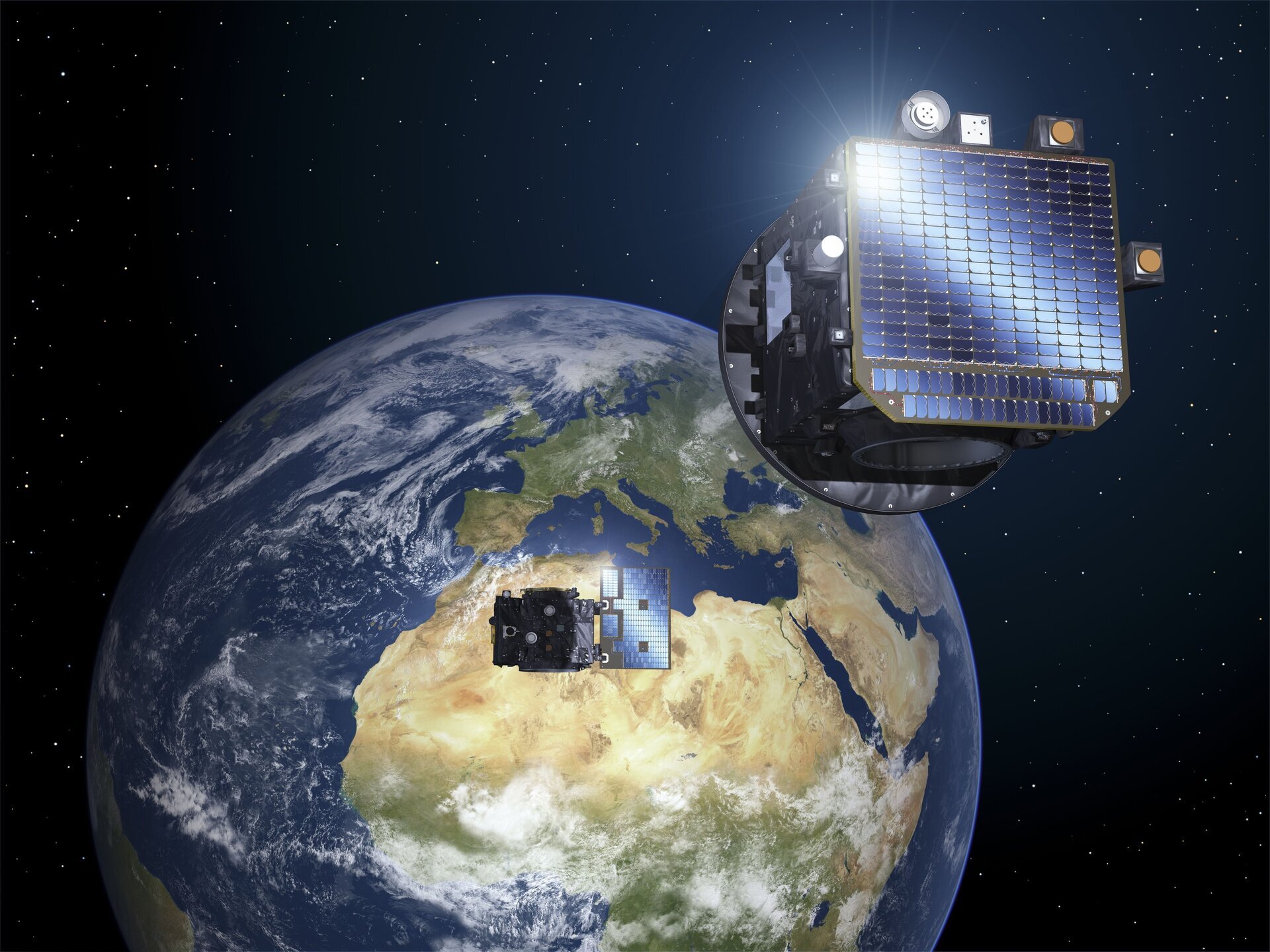
Researchers may have identified the missing component in the chemistry of the Venusian clouds that would explain their color and splotchiness in the UV range, solving a long-standing mystery.
What are the clouds of Venus made of? Scientists know it’s mainly made of sulfuric acid droplets, with some water, chlorine, and iron. Their concentrations vary with height in the thick and hostile Venusian atmosphere. But until now they have been unable to identify the missing component that would explain the clouds’ patches and streaks, only visible in the UV range.
In a new study published in Science Advances, researchers from the University of Cambridge synthesised iron-bearing sulfate minerals that are stable under the harsh chem...
Read More








Recent Comments